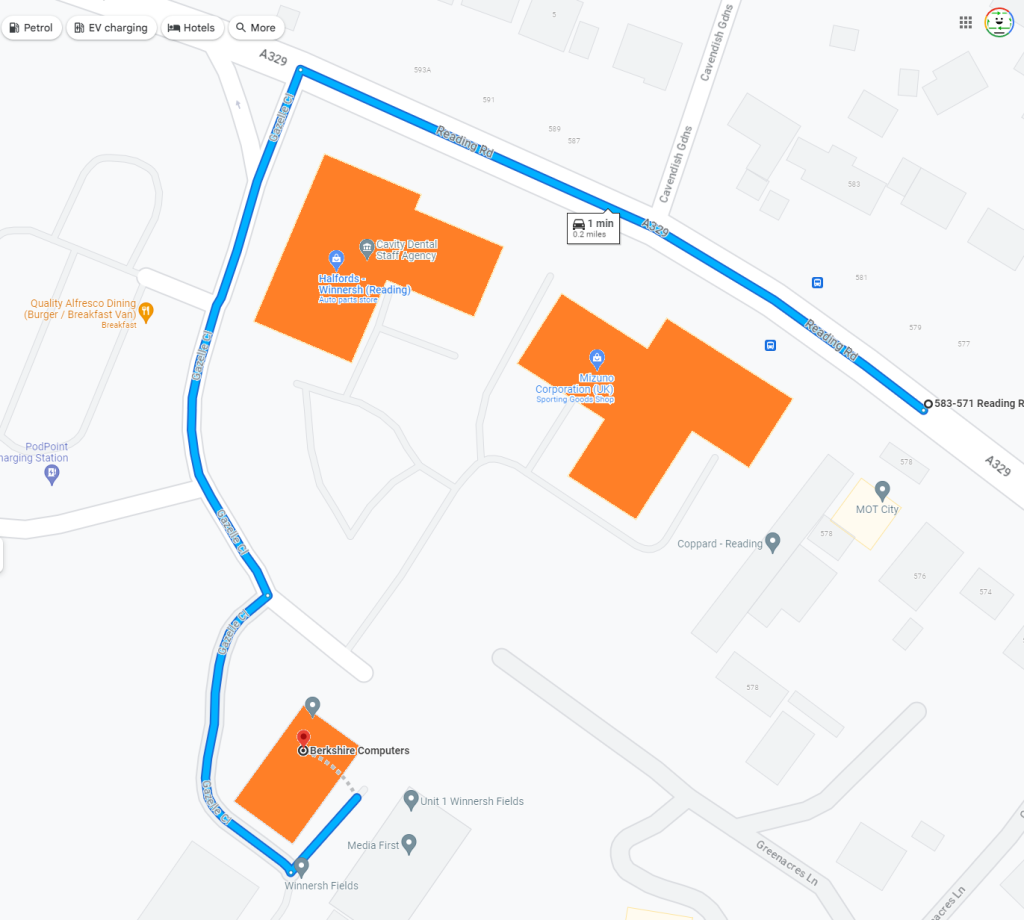Exploring the Effectiveness of cipher /w:F as a TRIM Alternative for exFAT
When it comes to maintaining the performance of your storage devices, especially external SSDs like the Samsung T7 Shield formatted with exFAT, encountering slow writing speeds can be frustrating. Recently, I noticed a significant drop in write speeds, plummeting to around 2MB/s, despite read speeds remaining intact. After experimenting with various A-C and C-C cables, I delved deeper into the factors contributing to this performance hiccup.
An intriguing aspect of my research focused on the TRIM command. Unfortunately, exFAT does not support the modern TRIM functionality found in other file systems, leaving users like myself seeking alternatives for managing SSD performance. The situation led me to the method of zeroing out unused space by creating empty files with zero values—a technique I stumbled upon thanks to a helpful suggestion from Bard AI.
Utilizing the cipher /w:F command proved to be a game-changer. During its initial execution, this command effectively writes zeroed-out files to the disk, helping to reclaim empty space. Although I observed that it later switches to writing 0xFF values—which is not ideal—there is a way to interrupt the process if desired.
The results were remarkable. Within just a few minutes of running the cipher command, my write speeds soared back to the impressive range of 600-1000MB/s. The benefits were evident not only in the cipher process itself but also in subsequent tests using CrystalDiskMark, showcasing a significantly improved write path on the SSD.
This experience raises an important question: Could this method be a legitimate approach to enhancing exFAT performance, or am I merely indulging in wishful thinking? While the results were promising, it’s crucial to consider the long-term implications and effectiveness of this workaround.
For those grappling with similar performance issues on exFAT-formatted drives, experimenting with cipher /w:F might just be worth your time. Have you tried this method, or do you have alternative solutions that worked for you? Share your experiences in the comments!
Share this content:




Thank you for sharing your detailed experience with using
cipher /w:Fas a workaround to simulate TRIM on exFAT-formatted drives. While your results are promising, it’s important to understand that this method primarily performs a “zero fill” operation, which can help in certain scenarios by overwriting unused space, potentially reducing write amplification on the SSD.However, since exFAT does not natively support TRIM, this approach cannot fully replicate the benefits of the TRIM command found in the NTFS or APFS file systems. The switching to 0xFF values you observed is likely due to the internal behavior of the cipher command or the drive’s firmware and may not provide sustained long-term performance benefits.
For ongoing SSD health and performance maintenance, consider the following best practices:
fsutil behavior query DisableDeleteNotifyand confirming it returns a value of ‘0’.